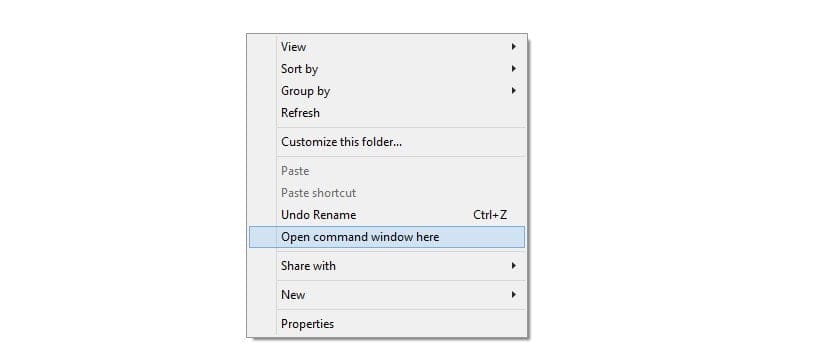If you are still rocking an Optimus G Android phone from LG, then you are gonna feel a little bit of proud today that your device is still so loved by developers. How else does the original G — from which awesome devices like LG G3 and G4 descend — still get latest and greatest version of TWRP recovery? Well, you have to, have to thank DevSwift1 for this.
TWRP recovery’s latest version v2.8.7.0 is much sought after, not only because of great features it adds to our favorite custom recovery, but also because of its sole feature of keeping system mounted as read-only — provided it does gets system as read-only — until we ask the recovery to make system read-write. This allows one to create a backup of stock system, and make device quickly compatible with OTA updates which require stock system, when restored.
While Optimus G is a pretty old device now — more than 3 years if you were wondering — the fact that it got the latest version of TWRP also shows how popular device has been its faithfuls, and developers alike. Btw, once you have TWRP recovery, it gets darn easier to root your device using SuperSU.
Over CWM, we would prefer TWRP recovery anytime. As it’s way easy to use, and packs in lots of extra cool features. Yep, Philz recovery provides ample competition, which is good, but having latest TWRP beats every other recovery out there.
The TWRP is compatible with both E975 and F180x devices (F180, F180S, F180K and F180L). Hence, don’t try this one any other Optimus G devices than E975 and F180x.
How to Install TWRP Recovery on LG Optimus G
Downloads
- TWRP Recovery | Mega link | File: opt-g-recovery.img (9.67 MB)
Supported devices
- LG Optimus G, model no. E975 and F180x (F180, F180S, F180K and F180L)
- Don’t try this one any other device!
Warning: Warranty may be void of your device if you follow the procedures given on this page. You only are responsible for your device. We won’t be liable if any damage occurs to your device and/or its components.
Backup important files stored on your device before proceeding with the steps below, so that in case something goes wrong you’ll have backup of all your important files.
- Install ADB and Fastboot drivers.
- Install LG Optimus G drivers. (G4’s drivers are latest, hence linked here.)
- On your device, enable USB debugging. For this:
- Go to Settings > About phone, and then tap ‘Build number’ 7 times to unlock developer options.
- Go back to Settings, then choose ‘Developer options’. Find the ‘USB debugging’ option and use its toggle button to enable it. Accept warning by tapping on OK button.
- Connect your device to PC now. You will get a pop-up as shown below on your phone when you connect for the first time after enabling USB debugging. Select ‘Always allow from this computer’ checkbox and then tap on OK button.

If you don’t get this, it means drivers aren’t installed properly. - Download the TWRP recovery file (opt-g-recovery.img) from above.
- Now, open command window in the folder in which you have the opt-g-recovery.img file. For this:
- Open that folder and then left click on empty white space in the folder.
- Now, while holding shift key, right click on empty white space to get a pop-up as shown below.
- Now choose Open command window here option from that.

You will see a command window open up, with location directed to folder where you have the TWRP’s opt-g-recovery.img file.
- With device connected to PC, boot your device into bootloader mode. For this, run the following command. (You can copy paste the command, and then hit enter key to run it.)
adb reboot bootloader
- Test whether fastboot is working alright. In the command window by running the following command.
fastboot devices
→ Upon this, you should get a serial no. with fastboot written after it. If you don’t get fastboot written on cmd window, then it means you need to reinstall adb and fastboot drivers, or change restart PC, or use original USB cable.
- Flash TWRP recovery v2.8.7.0 now. Use the following command for that.
fastboot flash recovery opt-g-recovery.img
- When done simply reboot your device using the following command.
fastboot reboot
- If you wish to check out the new TWRP recovery, v2.8.7.0, then with device connected to PC, run the following command.
adb reboot recovery
- [Optional] You will see TWRP recovery, v2.8.7.0. Now, you should create a full backup of your phone, including system partition. In TWRP, tap on Backup, and then select all partitions. Then do the swipe action at bottom to start the backup process. When done, restart your device.
That’s it. You are good to hunting for latest custom ROMs available for your Optimus G. You can use TWRP recovery to transfer files too, just keep that USB debugging option enabled, as we did in the step no. 3 above.
In case you anything not-compatible or buggy gets installed on your Optimus G, resulting in bootloop, with device hanging on boot animation or logo, you cna fix this using TWRP recovery. Just download any good working custom ROM for your device, and after rebooting to TWRP, transfer it to your device. Then use Install option in recovery to flash the ROM. This will install a working ROM fully, and make your device reboot properly.
Happy flashing!
Do ask us using comments section below if you need any help from us regarding installation of LG Optimus G TWRP recovery.

![Here is latest LG Optimus G TWRP recovery v2.8.7.0 [Download]](/content/images/wp-content/uploads/2015/07/lg-optimus-g-twrp-recovery-2-8-7-0.jpg)











Discussion